Description
Kale Borecole Siberian
Kale Borecole Siberian. Siberian kale has huge blue-green, feather-shaped. Slightly curled leaves on 12-16 inch rapidly growing non- heading plants . Is probably the toughest variety available for with-standing the harshest winters. The first frost improves the tenderness and flavour.
Cultivation Advice
- Choose well-draining soil rich in organic matter. Kale prefers slightly acidic to neutral soil with a pH between 6.0 and 7.0. Directly sow seeds or transplant seedlings into the garden, spacing them about 12-18 inches apart.
- Kale thrives in full sun but can tolerate partial shade. Ensure the plants receive at least 6 hours of sunlight daily for optimal growth.
- Keep the soil consistently moist, providing about 1 to 1.5 inches of water per week. Water at the base of the plant to prevent fungal issues.
- Apply a layer of mulch around the plants to retain moisture, regulate soil temperature, and suppress weeds.
- Use a balanced organic fertilizer or well-rotted compost at planting. Avoid excessive nitrogen, as it can lead to overly leafy growth.
- Regularly harvest outer leaves to encourage continuous growth and maintain the plant’s shape.
- Kale benefits from companion planting with herbs like dill and mint. Avoid planting near tomatoes and peppers.
- Siberian Kale is known for its cold tolerance. It can withstand frost and often becomes sweeter after exposure to cold temperatures.
- Keep an eye out for common pests like aphids and cabbage worms. Use neem oil or insecticidal soap for organic pest control.
- Begin harvesting leaves when they reach a desirable size, usually around 8-10 inches. Harvest from the outer leaves first, allowing the inner leaves to continue growing.
- Siberian Kale is versatile in the kitchen. Use it in salads, smoothies, stir-fries, soups, or lightly sautéed as a nutritious side dish.
- To enjoy a continuous harvest, consider successive plantings every few weeks.
- Before planting, enrich the soil with well-rotted compost or organic matter to provide a nutrient-rich environment for the kale.
- Be mindful of consistent watering, especially during dry spells. Adequate moisture is crucial for tender and flavorful kale leaves.
- If you start from seeds, thin out seedlings once they have a couple of true leaves, leaving the strongest plants to develop.
- Harvest leaves by cutting them with clean and sharp scissors or shears. Avoid removing all the leaves from a single plant to ensure ongoing growth.
- Consider using row covers or cloches to extend the growing season for Siberian Kale, allowing you to harvest fresh leaves even in cooler temperatures.
- Occasionally supplement with a liquid organic fertilizer high in potassium to enhance kale’s overall health and resilience.
- If growing a large quantity, consider using a trellis or stakes to provide support and keep the leaves off the ground, reducing the risk of disease.
- Siberian Kale can be grown in containers, making it suitable for patios or balconies. Ensure the container has drainage holes and use quality potting mix.
- Massaging kale leaves before consumption can help break down fibrous structures, making them more tender and palatable in raw salads.
- Allow some plants to bolt and produce flowers. Collect seeds for future planting, as Siberian Kale is open-pollinated and can be saved for successive years.
- To reduce the bitterness in mature leaves, consider blanching them by tying the outer leaves together, excluding them from direct sunlight for a week or two before harvest.
- If you have an abundant harvest, blanch and freeze kale leaves for later use in smoothies or cooked dishes.
- Monitor the color of kale leaves. Vibrant green leaves indicate optimal health, while yellowing may suggest nutrient deficiencies.
- Regularly inspect the undersides of kale leaves for pests like aphids. Early detection allows for prompt and effective control.
- Explore diverse culinary uses for Siberian Kale. From kale chips to incorporating it into omelets, soups, and casseroles, the possibilities are vast.
- If you have a surplus harvest, share your bounty with friends, family, or neighbors. Siberian Kale is appreciated for its nutritional value.
- Practice good garden hygiene by removing old or diseased plant material to minimize the risk of pests and diseases.

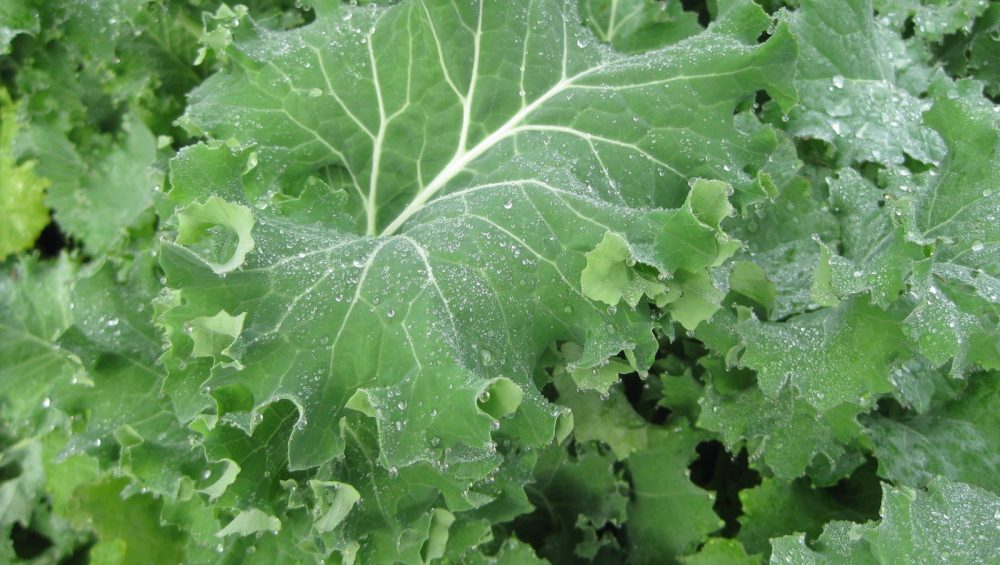
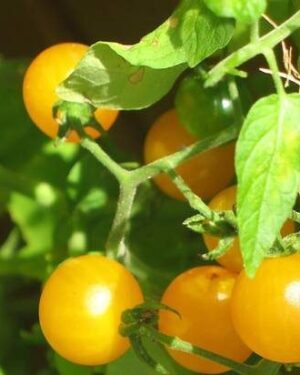

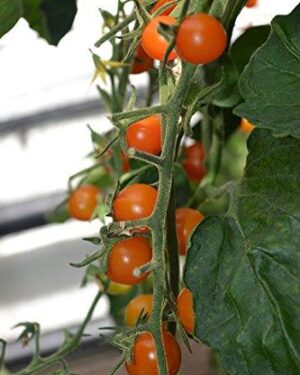
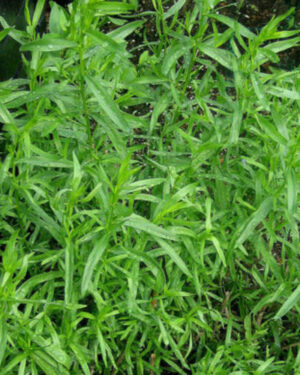
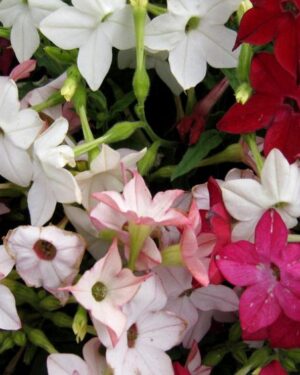

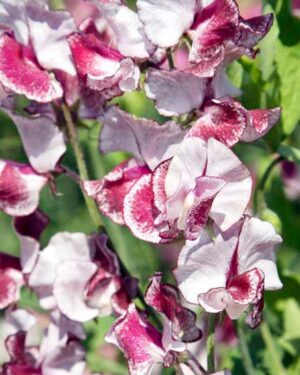
Reviews
There are no reviews yet.